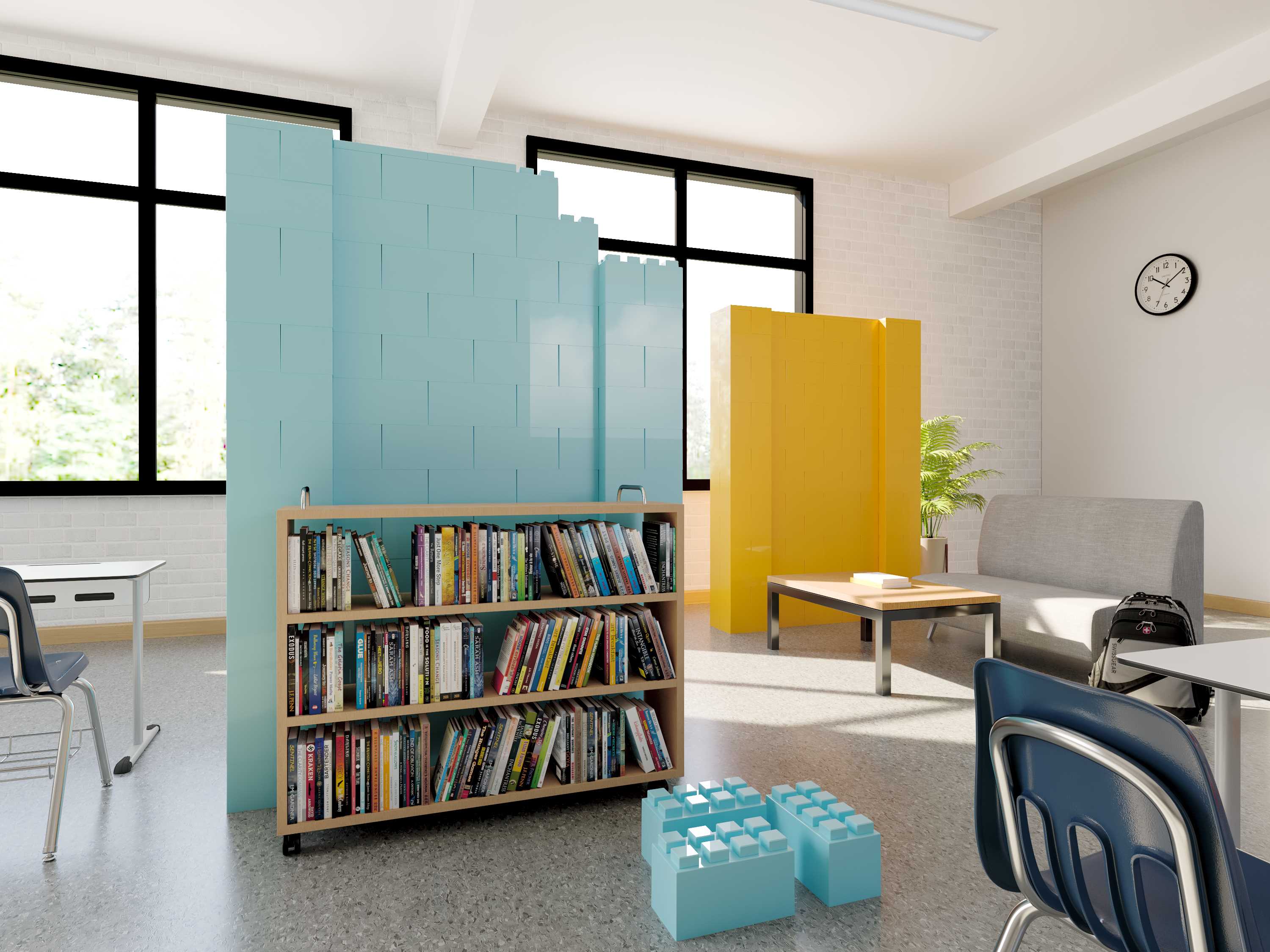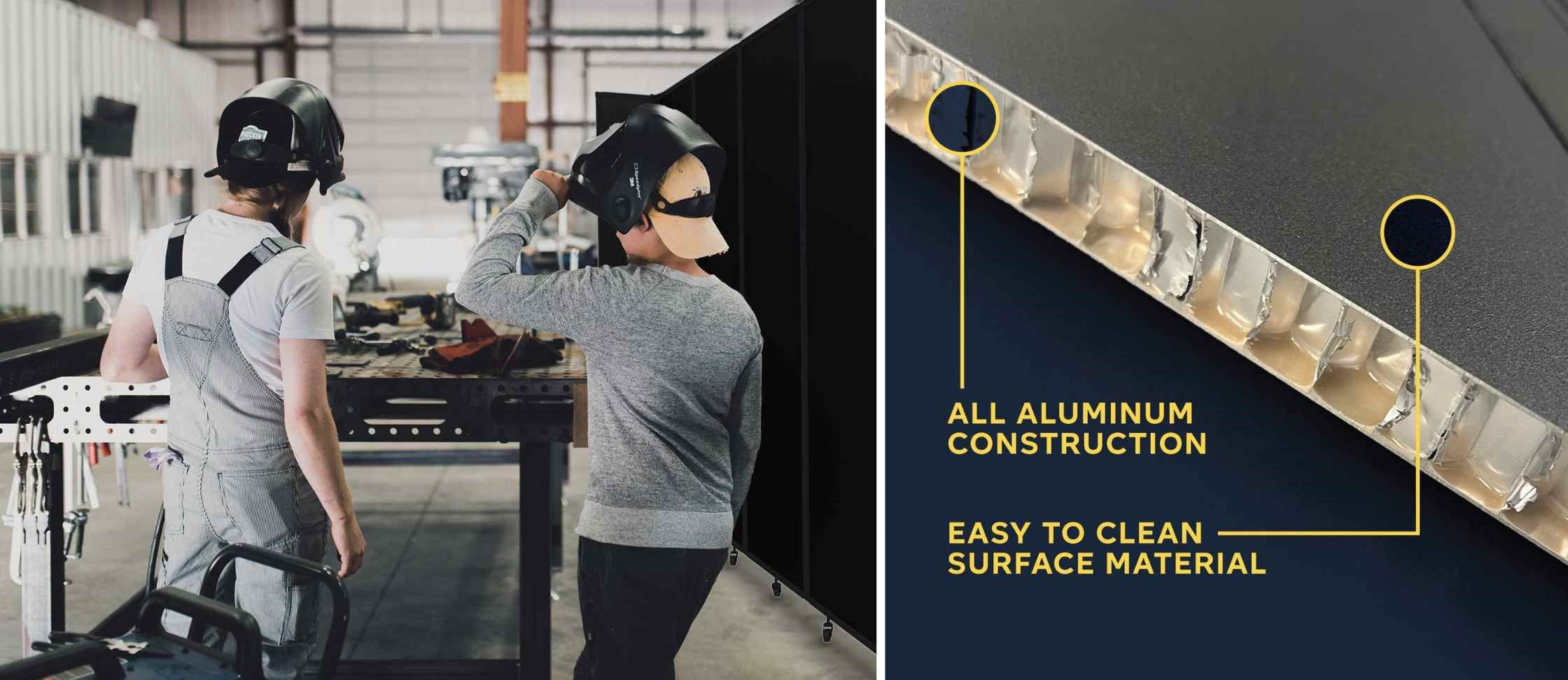How Flexible Learning Spaces Support Academic Success
Posted by Versare on Aug 14th 2023

Reimagining and integrating flexible learning models and adaptive spaces can have a profound impact on student engagement and success.
Education models and facilities developed for the industrial age do a disservice to today’s students, educators, our communities and businesses. The old ‘one size fits all’ model fails to engage students in meaningful, relevant education experiences that develop the new skills and competencies that society needs.
As education models adjust to offer flexible learning, it’s important to create learning environments that support these new modes. Considering strategies that lead to engaged, collaborative and adaptive learners will set today’s students up for success and help them contribute in meaningful ways once they leave school.
Delivering more options to engage students
Flexible learning and flexible learning environments recognize the rapid evolution of our technology-fueled and connected society. In their best forms, they provide students more ways to engage with their studies – from online coursework to group projects, individual research to work-study and internships, hands-on and active learning to field studies, as well as increasing access to college-level courses.
There are several advantages of a more flexible and adaptable style of learning. These include:
- Accommodating personal learning styles and pace
- Delivering additional choice for learning: online, face-to-face, student-led, blended
- Greater interaction and collaboration between students
- Heightened ability to concentrate on subject matter
- Increased retention and better outcomes
Rethinking how and where learning happens
Implementing a flexible learning environment can involve both the classroom as well as shared and common spaces. With a more flexible approach to the use of space, students spend more time interacting, collaborating on projects and assignments, and engaging in active learning.
Adaptable, multiuse spaces make room for individual learning styles as well as active learning and can add to the overall ambiance and appeal of your school. Broadening the use of school space and options for interaction, collaboration or quiet study also reinforces that learning can happen anywhere.
Creating flexible learning spaces in the classroom

Schools today are generally geared toward grade-level classroom learning. Classrooms that flex support specific education goals, accommodate different approaches and uses and improve the odds for more effective learning. Creating flexible learning spaces in the classroom can allow for a range of teaching methods, classroom configurations, and uses. Consider these strategies:
- Offer flexible seating. Easy-to-move chairs, stools, exercise balls, wobble chairs, bean bags, soft seating, and even floors can increase comfort and adapt to personal learning styles.
- Mix up writing options. In addition to tablets and computers, consider dedicated writing spaces, sit/stand desks, and portable whiteboards.
- Identify distinct learning areas. Create a space for group projects, reading or quiet study, and computer or online coursework by employing flexible room dividers, colorful wall kits, acoustic panels, and cubicles.
- Add collaboration tools. Portable whiteboards, soft seating, rollingfile cabinets, and tackable partitions will help students organize group projects, work together and display their work more effectively.
Get greater use of shared and multi-use school spaces.

Thinking beyond the classroom can create a welcoming environment for learning and have profound results on school culture and students' use of space. Think of these shared spaces as new opportunities to support a variety of learning activities and student interaction.
- Reading nooks beyond the media center. Use soft seating, café style tables, and paint to turn unused spaces in hallways into comfortable spaces for quiet study or socialization.
- Collaboration hubs. Turn a larger area into a zone for group projects and problem-solving with room dividers, tackable surfaces, whiteboards, and configurable tables for building, creating, and prototyping.
- Booths for quiet study and research. Designate spaces in the media center for independent work, check-ins with mentors, or logging in to online and college courses with study cubicles and acoustic partitions.
When employers think about hiring candidates today, they’re looking for agile, well-rounded individuals that can think independently, communicate and collaborate effectively, solve problems, and create positive change. When we implement flexible spaces that support new modes of teaching and learning, we empower every learner to master the competencies needed to navigate and succeed in life after school.
Need to modify school spaces to support new approaches to learning? Versare gives you more options and ways to create the learning space you need in the space you have.

